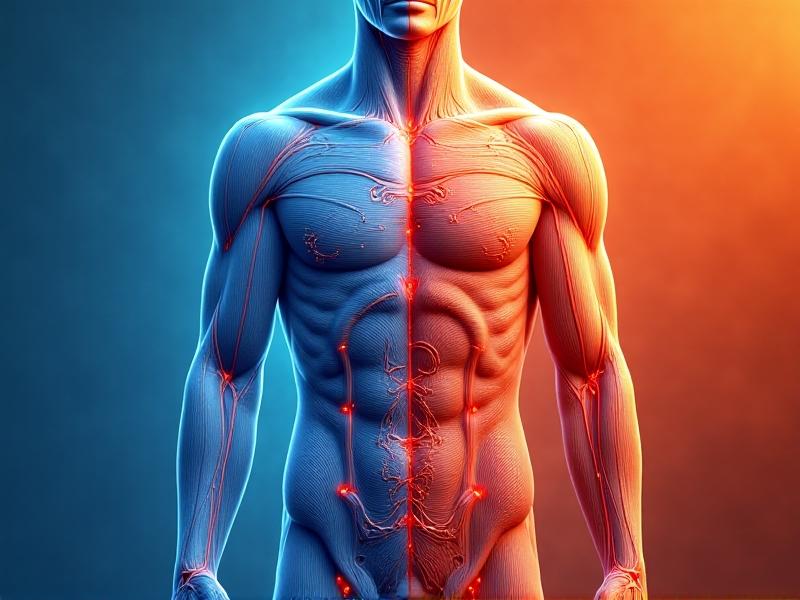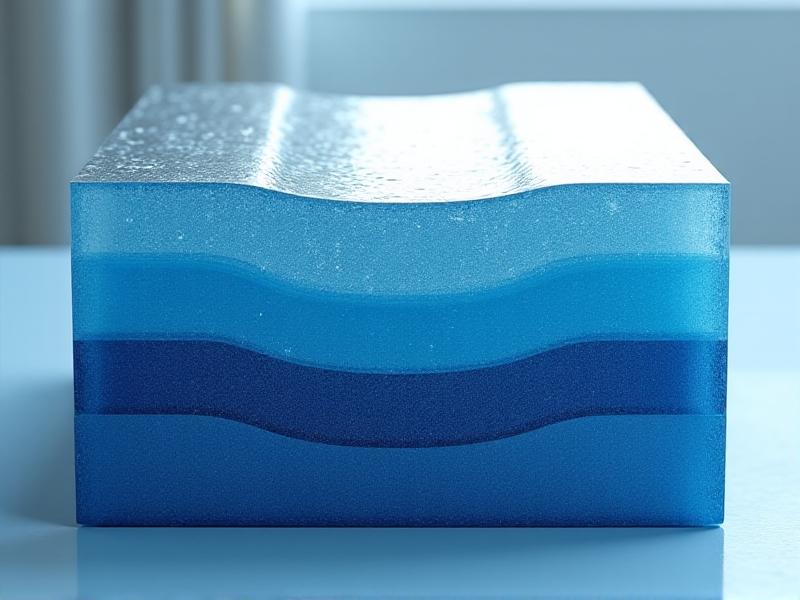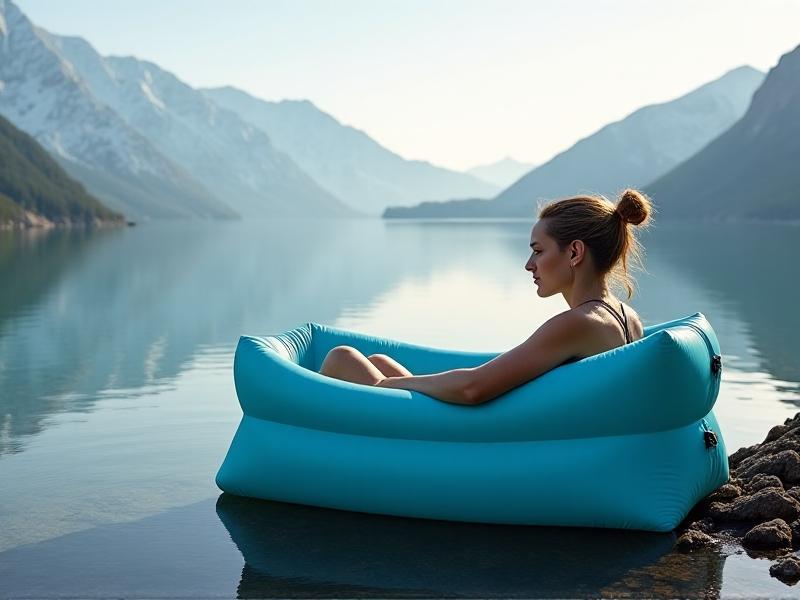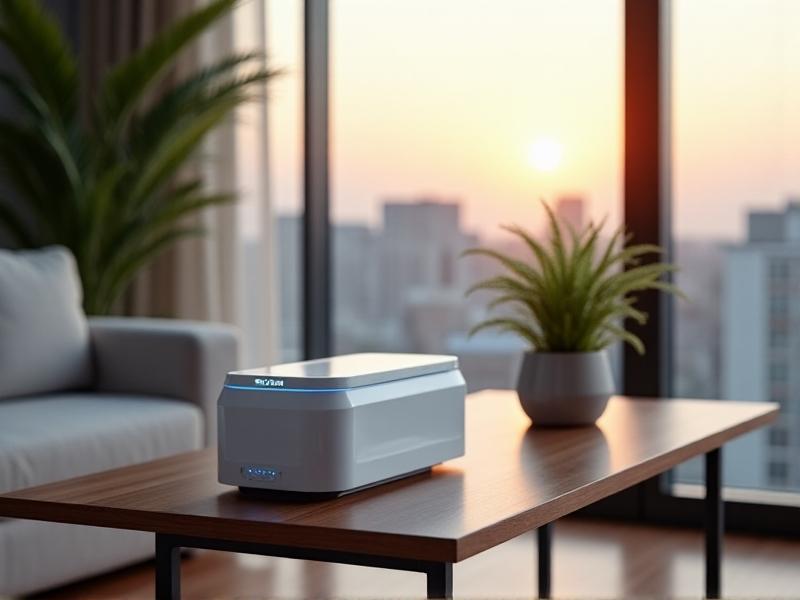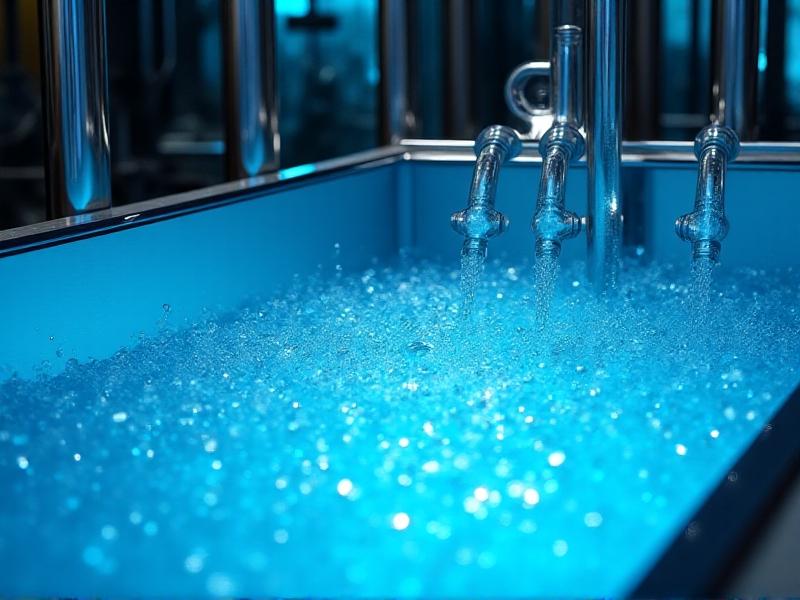Cortisol Modulation Through Cold Plunges
The Role of Cortisol in the Body: Understanding the Stress Hormone
Cortisol, often dubbed the "stress hormone," plays a critical role in regulating physiological responses to challenges. Produced by the adrenal glands, it follows a circadian rhythm, peaking in the morning to promote alertness and declining at night to facilitate rest. Cortisol influences metabolism, immune function, and blood pressure, but chronic elevation—due to prolonged stress—can lead to inflammation, impaired cognition, and metabolic dysfunction. Understanding cortisol’s dual nature—as both a survival tool and a potential health risk—is key to exploring interventions like cold plunges that aim to modulate its effects.
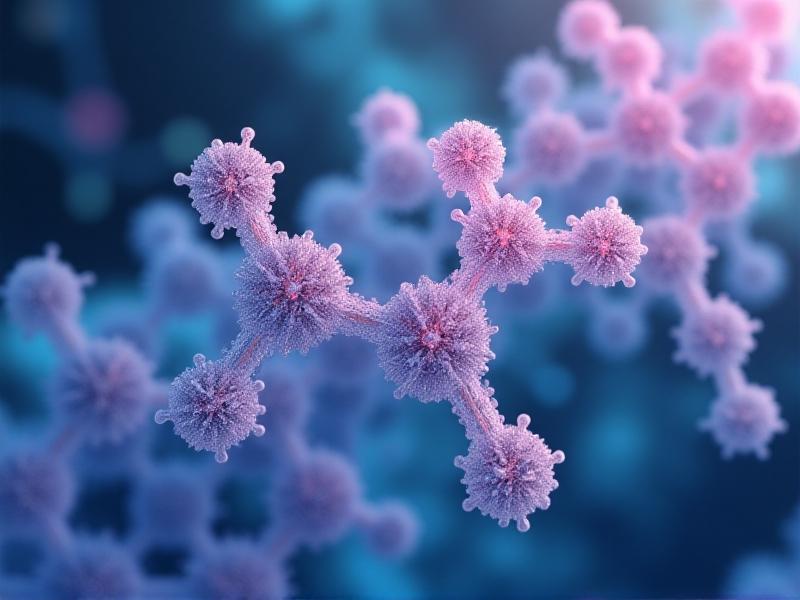
Cold Plunges: A Brief History and Modern Revival
Cold water immersion is no fleeting trend. Ancient Greeks used frigid baths for vigor, while Nordic cultures embraced ice swimming for resilience. In the 19th century, "hydropathy" clinics touted cold baths as cure-alls. Today, athletes and biohackers revive these practices, citing benefits like reduced inflammation and enhanced recovery. Modern research now probes how brief, controlled cold exposure might recalibrate stress responses—making this age-old ritual a frontier in holistic health.

How Cold Exposure Influences Cortisol Levels
Cold plunges trigger a "shock" phase, spiking cortisol as the body fights hypothermia. But repeated exposure trains the adrenal system to attenuate this spike, fostering resilience. Studies suggest acute cold stress may lower baseline cortisol over time, akin to exercise conditioning. This hormetic response—where mild stress strengthens the body—could recalibrate the hypothalamic-pituitary-adrenal (HPA) axis, promoting balanced cortisol secretion and improved stress adaptation.

The Physiology of Cold Plunges: From Shock to Homeostasis
Submerging in cold water activates the sympathetic nervous system, releasing adrenaline and norepinephrine. Blood vessels constrict, diverting flow to vital organs. As the body warms post-plunge, parasympathetic rebound kicks in, lowering heart rate and cortisol. This oscillation between stress and recovery phases may enhance autonomic flexibility, teaching the body to transition efficiently between states of arousal and calm.
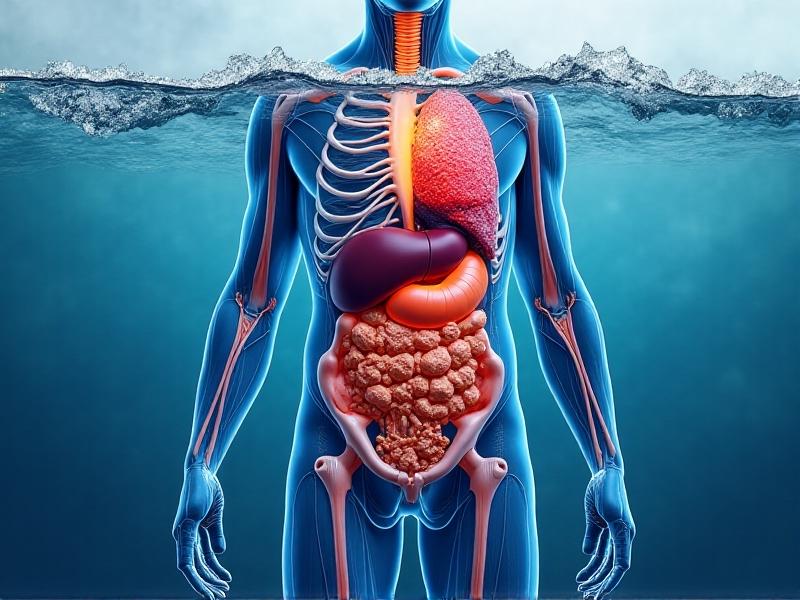
Benefits of Cortisol Modulation Through Cold Therapy
Balanced cortisol levels via cold plunges may improve sleep quality, sharpen focus, and reduce anxiety. A 2020 study found participants who practiced cold immersion for two weeks reported 30% lower perceived stress. By tempering excessive cortisol, cold therapy might also protect against conditions like insulin resistance and cardiovascular disease, linking ancient practices to modern metabolic health.
Practical Guidelines for Safe and Effective Cold Plunges
Start with 30-second immersions in 50-60°F water, gradually increasing duration as tolerance builds. Focus on controlled breathing to manage the gasp reflex. Post-plunge, avoid sudden warming—opt for light movement or blankets. Those with cardiovascular issues should consult a doctor first. Consistency matters: 2-3 sessions weekly yield better cortisol adaptation than sporadic extremes.
Debunking Myths: Cold Plunges and Cortisol Misconceptions
Contrary to viral claims, cold plunges aren’t a cortisol "cure." They’re a tool for hormetic conditioning—effective only when paired with adequate recovery. Another myth: colder is always better. Prolonged exposure to extreme cold can spike cortisol detrimentally. Moderation and gradual acclimation are essential to harnessing benefits without overtaxing the HPA axis.
Integrating Cold Plunges into a Holistic Wellness Routine
Pair cold therapy with mindfulness, nutrition, and sleep hygiene for synergistic effects. Post-plunge meditation may extend cortisol-stabilizing benefits, while anti-inflammatory foods like fatty acids support adrenal health. Track biometrics like heart rate variability (HRV) to personalize cold exposure timing and duration, ensuring alignment with overall stress management goals.

